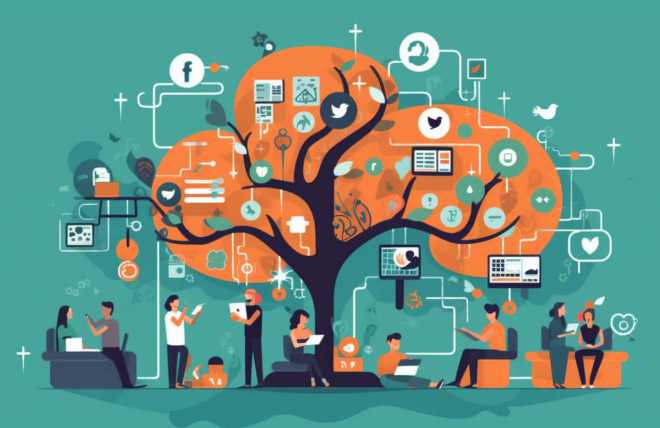The Future of Ownership: NFTs in Music and Art
How Non-Fungible Tokens are Revolutionizing the Creative Industries
Explore the world of NFTs in creative industries.
Non-Fungible Tokens (NFTs) have taken the world by storm in the last few years. The concept, which has been around since 2012, has gained popularity in the music and art industries. In this blog post, we will explore how NFTs have risen in these industries, their impact, and criticisms.
NFTs in the Music Industry
NFTs have become a popular way for musicians to monetize their work. With NFTs, musicians can create unique digital items, such as exclusive album releases, concert tickets, and merchandise. Fans can purchase these items, and the ownership of the item is recorded on the blockchain, creating a digital certificate of authenticity.
One of the most famous NFT music projects is Kings of Leon's album, When You See Yourself. The album was released as an NFT, and fans were able to purchase different levels of ownership. The highest level of ownership included front-row seats to any Kings of Leon concert for life.
The advantages of NFTs in the music industry include a new way for musicians to make money and a more direct connection with fans. However, challenges include the cost of creating NFTs and the potential for fans to purchase them for speculative reasons rather than their love for the music.
NFTs in the Art Industry
NFTs have also been a game-changer for the art industry. With NFTs, artists can create unique digital art pieces that can be bought and sold. The ownership of the artwork is recorded on the blockchain, providing proof of authenticity.
Beeple's digital art piece, Everydays: The First 5000 Days, sold for $69 million in March 2021. The artwork was auctioned off as an NFT, making it the most expensive NFT ever sold. The sale of Everydays demonstrated the potential of NFTs in the art industry.
The advantages of NFTs in the art industry include new revenue streams for artists and greater control over the distribution of their work. However, challenges include environmental concerns due to the energy-intensive process of creating and trading NFTs and the potential for the market to become oversaturated.
Impact of NFTs on the Music and Art Industries
The impact of NFTs on the music and art industries has been significant. In the music industry, NFTs have provided a new way for musicians to make money, and they have also created a closer connection between musicians and their fans. In the art industry, NFTs have provided new revenue streams for artists and greater control over the distribution of their work.
NFTs have also had an economic impact, with the potential for NFTs to create a new market for digital goods. Additionally, NFTs have had a social impact by challenging the traditional models of ownership and distribution in the music and art industries.
Criticisms of NFTs in the Music and Art Industries
Despite their benefits, NFTs have also faced criticism in the music and art industries. One major concern is the environmental impact of creating and trading NFTs. The process of creating NFTs is energy-intensive, and this has led to concerns about the carbon footprint of the technology.
Another concern is the accessibility of NFTs. Some critics argue that NFTs are not accessible to everyone and that they exclude certain communities from participating in the market.
Finally, some have raised cultural concerns, arguing that NFTs could contribute to the commodification of culture and the erasure of cultural traditions.
Conclusion
In conclusion, NFTs have risen in popularity in the music and art industries, providing new revenue streams for musicians and artists and challenging traditional models of ownership and distribution. However, they also face criticism for their environmental impact, accessibility, and potential cultural implications.
NFTs represent a new way of thinking about ownership and value in the digital age.
Faq
- Q: What are NFTs?
A: NFTs are unique digital tokens that represent ownership of a specific digital item. - Q: How are NFTs used in the music industry?
A: NFTs are used in the music industry to create unique digital items such as exclusive album releases, concert tickets, and merchandise. - Q: How are NFTs used in the art industry?
A: NFTs are used in the art industry to create unique digital art pieces that can be bought and sold. - Q: What are the advantages of NFTs in creative industries?
A: The advantages of NFTs include a new way for musicians and artists to make money, greater control over the distribution of their work, and a more direct connection with fans. - Q: What are the criticisms of NFTs?
A: The criticisms of NFTs include environmental concerns, accessibility concerns, and potential cultural implications.
Pros and Cons
Pros:
- New revenue streams for musicians and artists
- Greater control over the distribution of their work
- A more direct connection with fans
Cons:
- Environmental concerns
- Accessibility concerns
- Potential cultural implications

